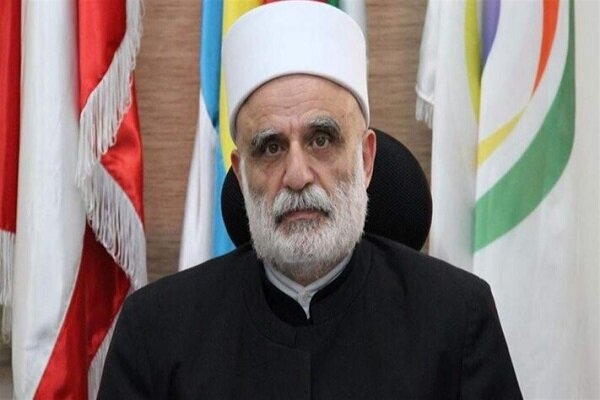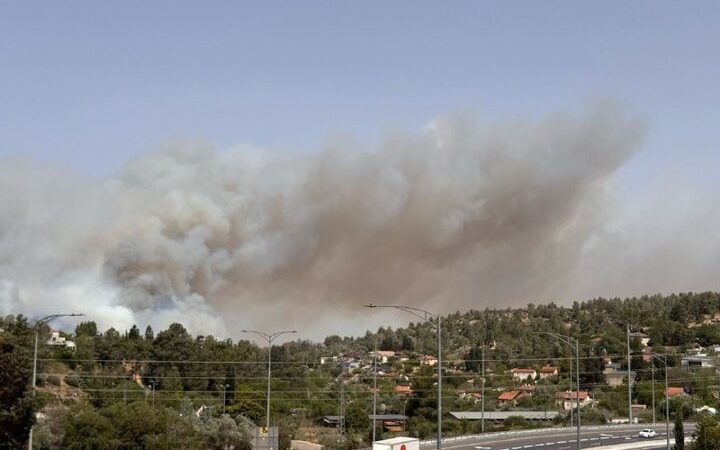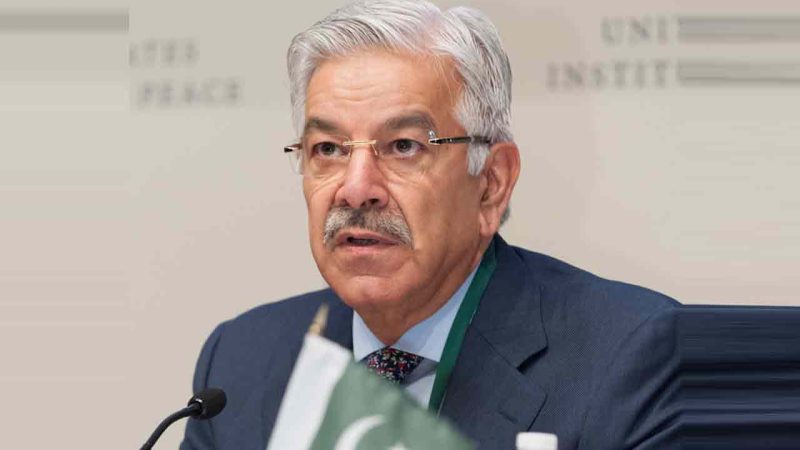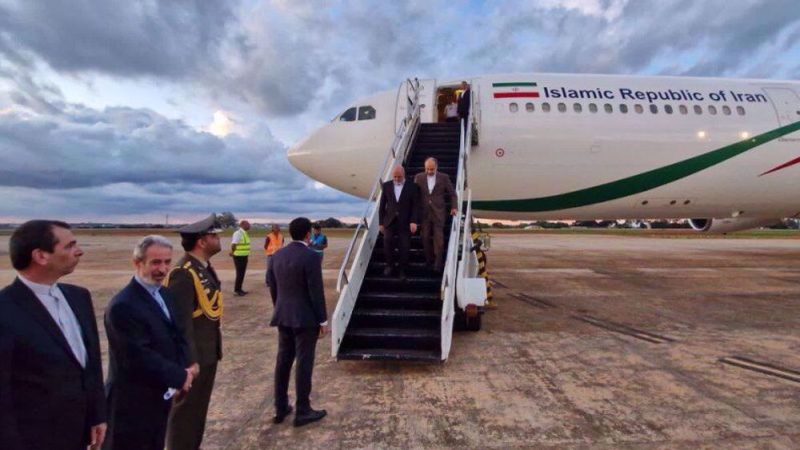Legacy of Persian Gulf Day: Victory, sovereignty, and strategic lessons
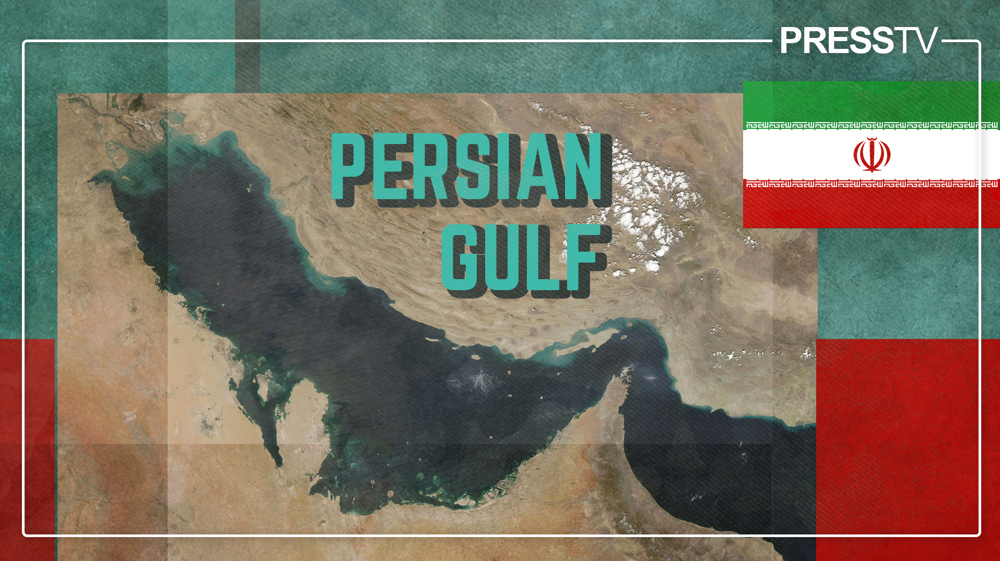
By Ivan Kesic
Today, April 30, Iran marks Persian Gulf Day, commemorating the 403-year-old victory over a foreign colonial superpower that liberated the Iranian coast after a century of occupation.
The Persian Gulf is one of three seas along which Iran has coastlines—alongside the Caspian Sea and the Gulf of Oman—and is arguably the most significant among them.
Iran and the Persian Gulf share a continuous and intertwined history spanning more than two and a half millennia, occasionally disrupted by foreign attempts to assert dominance, all of which have ultimately failed.
Beneath its waters lies the world’s largest reservoir of oil and gas, and it also serves as a vital strategic hub through which a significant portion of Iran’s international trade is conducted.
Persian Gulf Day reminds the Iranian nation of the momentous events that shaped the region’s history, had a profound impact on Iran, and continue to offer important lessons for the present.
What does Persian Gulf Day represent?
Persian Gulf Day is an official holiday in the Islamic Republic of Iran that commemorates the liberation of its southern shores from Portuguese colonial occupation nearly 400 years ago.
Established in 2005 by Iran’s Supreme Council of the Cultural Revolution, the day is observed annually with nationwide events celebrating the Persian Gulf’s history, name, and strategic significance.
The 9th of Ordibehesht in the Iranian calendar—corresponding to April 29 or 30 in the Gregorian calendar—was chosen to mark this occasion.
On this day in 1622, then-Iranian ruler Abbas I of the Safavid dynasty defeated Portuguese forces on the island of Hormuz, bringing an end to a 20-year war and a century of foreign domination over the Persian Gulf.
In the 16th century, Portugal, then the world’s most powerful naval force, occupied several strategic locations across the Persian Gulf and the Indian Ocean. It constructed fortresses, established ports, and controlled key maritime trade routes.
At the time, Iran—never a colony—was a regional power and a critical hub along the world’s overland trade routes. Its interactions with colonial powers differed significantly from those of colonized nations.
Since Portugal had no explicit territorial ambitions in Iran and did not impose unequal treaties, Iranian rulers initially did not perceive their presence as overtly hostile. Instead, they viewed it as a potential opportunity to enhance international commerce.
For similar reasons, Iran later granted access to other European naval powers, such as England and the Netherlands, by offering them strategic coastal locations like the port of Jask and trading posts in Bandar Abbas.
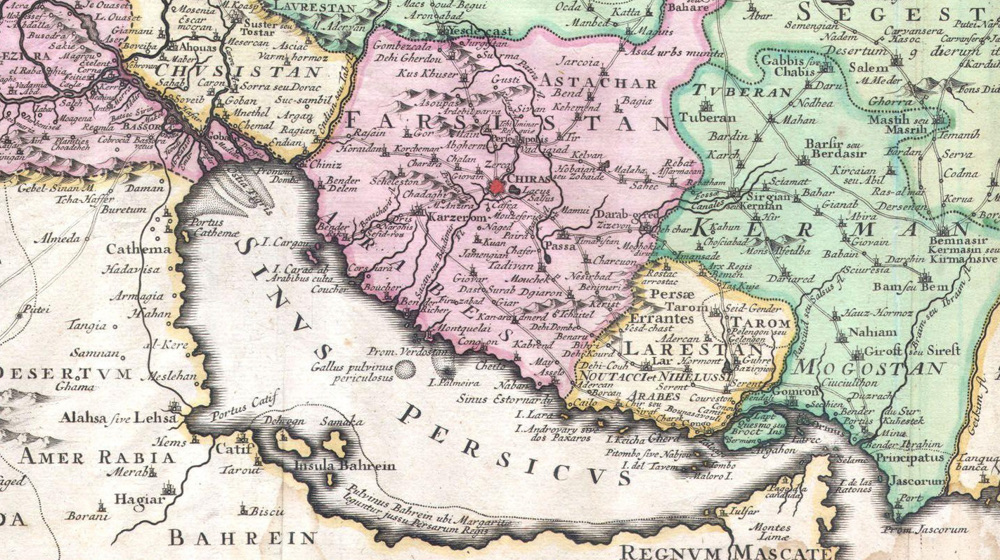
The conflict began in 1602, when Portuguese vassals in Bahrain started oppressing and killing the local Shia population, prompting an appeal for assistance from Iran.
That same year, the Iranian army, led by the renowned general Allahverdi Khan, liberated Bahrain, triggering hostilities with what was then the most powerful colonial force in the world.
Relations between the two sides continued to deteriorate, especially after 1614, when Allahverdi Khan also defeated the Portuguese outpost at Comorão (present-day Bandar Abbas) on the Iranian mainland—a city that has since been named in honor of Shah Abbas I.
Despite these setbacks, the Portuguese still controlled a heavily fortified stronghold on the small island of Hormuz, the capital of their vassal state in the region. In 1621, they attempted to reinforce their dominance by constructing a new fortress on the nearby island of Qeshm.
Iran viewed this move as a direct provocation and demanded an immediate halt to the construction. When their warning went unheeded, Iran resolved to expel the Portuguese from the Persian Gulf.
Although Iran possessed large troops, powerful land artillery, and hundreds of lenj boats at sea, the Portuguese naval superiority posed a serious challenge to the liberation of the islands.
After an eight-month siege of the fortress on Qeshm, a coordinated naval operation hastened the Portuguese defeat, and the garrison surrendered one month later.
Soon after, the Persian fleet sailed to Hormuz, engaged and defeated the Portuguese navy, and, following a three-month siege, captured the fortress. This decisive victory marked the end of Portuguese dominance in the Persian Gulf.
What was the significance of Iran’s victory?
Iran’s victory had profound short- and long-term consequences. It was far more than a battle over a small island or the symbolic triumph it is sometimes mistakenly perceived to be.
First and foremost, it dealt a major blow to the prestige of Portugal and the Iberian Union (with Spain), which at the time was the unrivaled maritime superpower, dominating the world’s oceans.
The loss of control over the Persian Gulf became a source of intense embarrassment, particularly for the Portuguese, who blamed the Spanish for their failure to support the defense of the Hormuz fortress. This internal discord contributed to rising anti-Spanish sentiment in Portugal, and their political union collapsed just a few years later.
In a determined effort to reclaim lost ground, the Portuguese assembled a fleet of 48 warships two years after their defeat and set sail for the Persian Gulf, intending to reoccupy key strategic positions.
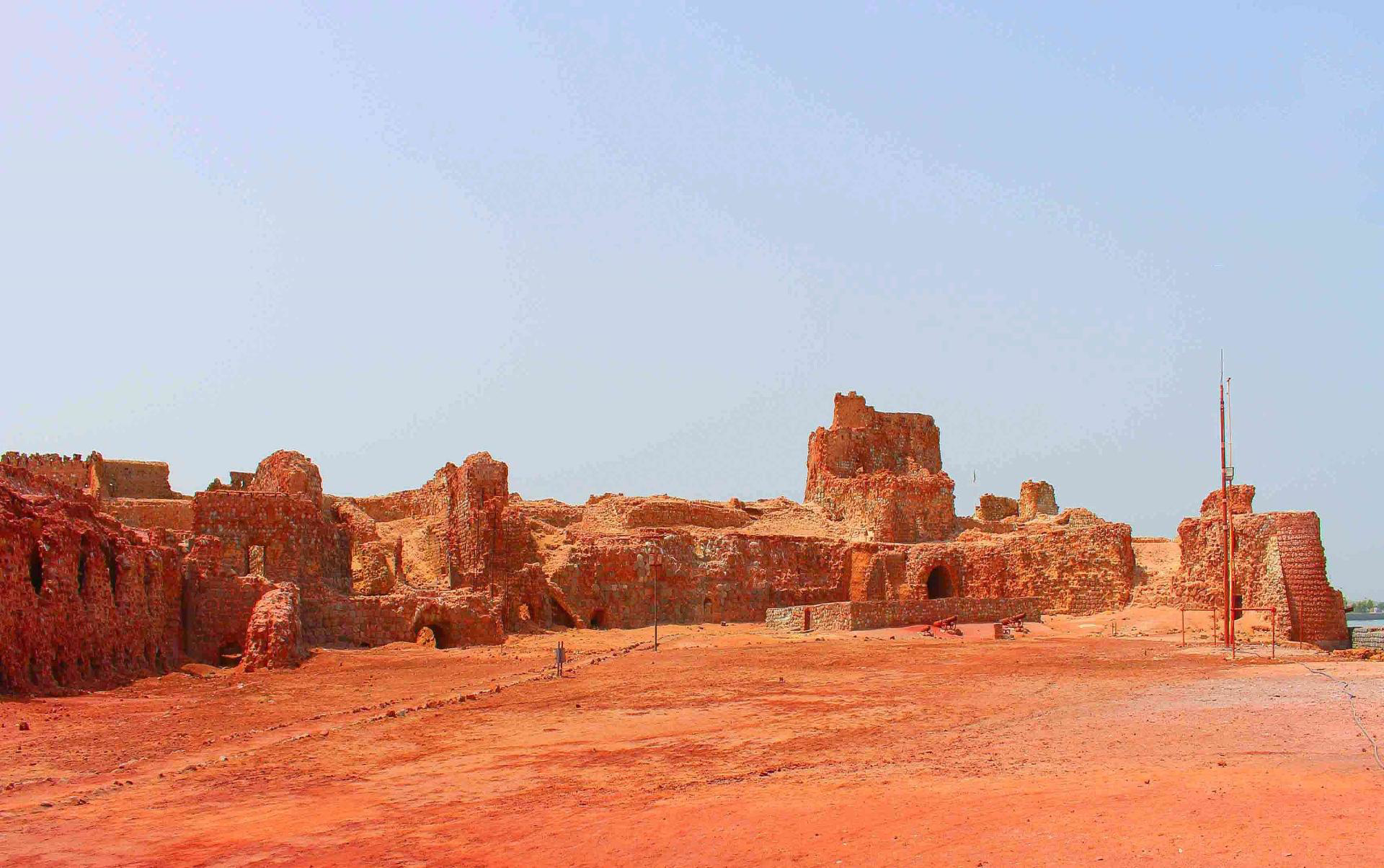
This idea was opposed by a joint Anglo-Dutch fleet of ten warships, which engaged the Portuguese in the Strait of Hormuz, resulting in the largest naval battle ever fought in the Persian Gulf.
The Iranian governor watched from a rooftop in Bandar Abbas as the fleets of the three foreign powers destroyed each other, ending the battle in a draw and preventing a landing on Iranian soil.
European powers, including England, recognized Iranian dominance over the Persian Gulf for the next two centuries, until the rise of British imperial ambitions and the gradual occupation of the coastal regions.
In return, the Iranian ruler Abbas I treated foreign naval powers generously, including the defeated Portuguese, granting them the right to establish trading posts while prohibiting the construction of fortresses.
This skillful diplomacy led to a flourishing international maritime trade and, combined with lucrative land routes, resulted in a significant boost to the economy and general prosperity.
These events remain a warning that foreign attempts at domination over the Persian Gulf lead to inequality, oppression, and conflict, while the unity of the local population and diplomacy lead to peace and progress, as official Tehran emphasizes today.
Furthermore, the contemporary emphasis on developing trans-Asian trade routes—such as the North-South Corridor—and the development of ports like Chabahar in cooperation with friendly foreign countries, are reminiscent of the proficient international politics of the Safavid golden age.
Two years before the outbreak of the conflict with Portugal, the far-sighted Abbas I invited the Shirley brothers to technologically modernize the Iranian army and introduce it to the European style of warfare.
This months-long training proved useful both for the upcoming war in the Persian Gulf and for later regional conflicts, thus enabling Iran to keep military pace with the other great powers of the era.
In addition to its political, strategic, and economic significance, the victory over the foreign colonial power in the Persian Gulf also had a profound cultural impact, particularly in the realms of architecture and religion.
Allahverdi Khan, a commander who gained renown through military victories, especially against the Portuguese, invested his acquired wealth in the construction of numerous buildings and structures that today stand as gems of Iranian architecture.
Among them is Si-o-se Pol, the famous bridge in Isfahan, as well as the Khan Madrasa in Shiraz, which brought Mulla Sadra, one of the most influential Iranian philosophers and theologians, back to the city.
In this magnificent madrasa, he wrote his most important works and imparted his knowledge to numerous students, leaving an immeasurable influence on modern Islamic thought, including the leadership of the Islamic Revolution and the Islamic Republic.
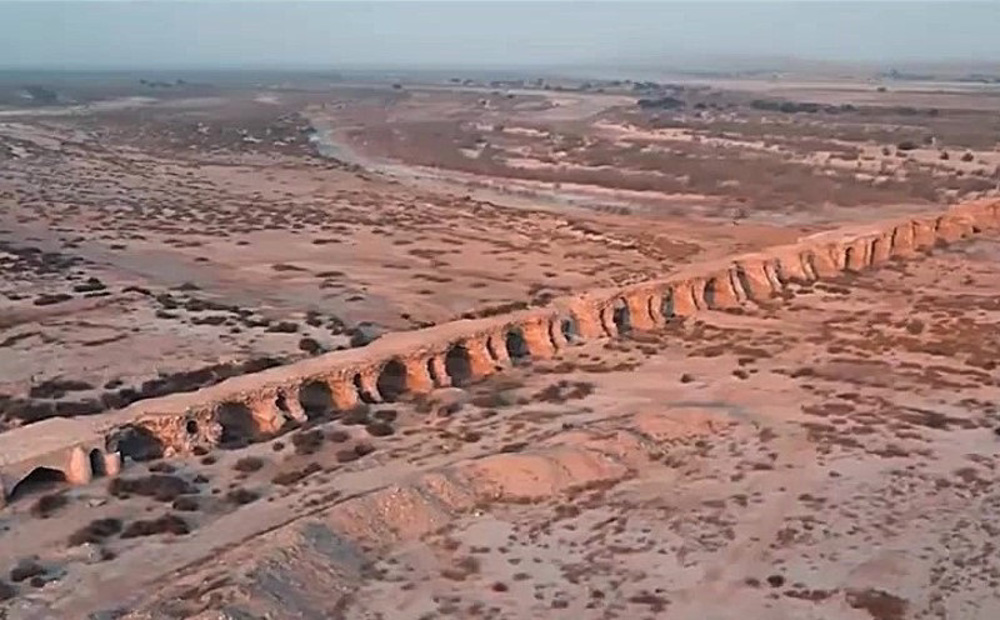
It is less well known that the longest Iranian bridge was built by Allahverdi Khan’s son, Imam Quli Khan, who also commanded the campaign against the Portuguese at Qeshm.
At 1.6 kilometers in length, the Latidan Bridge is five times longer than the aforementioned one in Isfahan. Located on the mainland opposite Qeshm Island, it was used to transport Iranian troops and artillery across the wetland.
Iran’s final victory in Hormuz had several other long-term effects. Bandar Abbas, originally a Portuguese outpost, eventually grew into Iran’s largest and most important port, through which the majority of the country’s international trade is now conducted.
The triumph also helped to strengthen national pride among the population of Iran’s coastal regions. These communities would later distinguish themselves in battles against British colonial forces in Bushehr during the 19th century, as well as against foreign occupiers during the Imposed War.
What is Iran’s policy towards its coastal neighbors?
Iran has never taken an aggressive stance in resolving disputes in the Persian Gulf. Instead, it has demonstrated a sincere and accommodating approach, respecting the interests of local populations.
For example, during the 20th century, Iran called for the return of occupied territories such as the Persian Gulf islands, including Bahrain, from British control. However, it recognized Bahrain’s sovereignty after its population voted for independence in a referendum.
In 1971, one day after British forces withdrew from the region—and just two days before the UAE was to become an official federation—Iran legitimately restored sovereignty over other previously occupied islands: Abu Musa and the Greater and Lesser Tunbs.
Iranian troops on Abu Musa were officially welcomed by Sheik Saqr bin Mohammed Al Qasimi, the brother of the Sheikh of Sharjah. On the same day, Iran and British-controlled Sharjah signed a Memorandum of Understanding (MoU) acknowledging Iran’s full rights over the island.
The MoU approved and confirmed the presence of Iranian troops, allowed Sharjah to maintain a local police station with its flag, and guaranteed equal energy and fishing rights for nationals of both parties.
Iranian forces also landed on the uninhabited Lesser Tunb and the sparsely populated Greater Tunb, where a minor skirmish was initiated by a few British-affiliated tribal troops.
These actions by Tehran were not met with objections from London, which accepted the new situation, endorsed the memorandum, and communicated this position to the subordinate sheikhdoms.
The three islands hold substantial geopolitical significance for Iran, representing a hard-earned victory in a decades-long dispute with the United Kingdom, whose colonial policies had led to the original occupation of the islands.
In the collective memory of the Iranian people, all territories—large or small—that were once occupied and subsequently returned to Iranian control carry the same profound national significance.
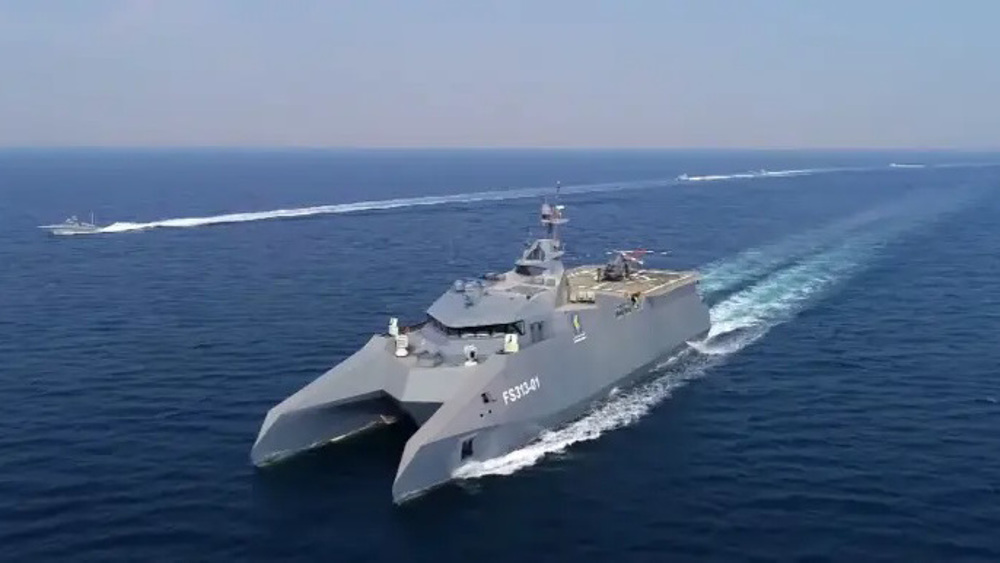
This includes large regions such as Azerbaijan, from which expansionist Soviet forces were expelled, as well as relatively small cities like Bushehr and Khorramshahr, which were liberated from British imperial and Baathist Iraqi occupation, respectively.
The aforementioned liberation of Hormuz—an even smaller territory—along with its vast subsequent impact, is commemorated today as Persian Gulf National Day.
The three other islands also hold immense strategic importance for Iran, as they are situated in the Strait of Hormuz—a vital waterway that connects the Persian Gulf to the world’s seas and through which the majority of Iran’s energy exports and foreign trade flow.
Due to the bathymetric characteristics of the Persian Gulf, both established shipping lanes pass close to the three islands, where the sea depth is at its greatest. In other words, all tankers and large ships must navigate within a few miles of them.
Iran’s accumulated experience in the Persian Gulf region—dealing with foreign blockades, attacks, threats, and piracy, which continue to this day—combined with these hydrographic factors, makes the administration of the three islands a matter of undeniable strategic importance.
To grasp the magnitude of the ongoing risk, it is enough to reference the case of the UAE, whose ports have regularly hosted American, British, and French warships during periods of bilateral tension.
Unfounded claims from the UAE regarding the three islands are both unnecessary and counterproductive, as they undermine the considerable potential for bilateral cooperation and regional stability. This concern has even been acknowledged by leaders of the seven emirates, who argue that foreign powers are fueling the dispute.
Recent political and security developments in the region give rise to hope that the islands may return to their historic role, as both sides like to recall, as bridges of cooperation between the two coasts.
With the permanent removal of foreign threats, the establishment of joint regional naval patrols, the strengthening of trade, and the opening of borders, there would be no further need for the islands to remain strictly military zones. Instead, they could become hubs of international commerce and destinations for ecological tourism.
History also bears witness to the fact that over the past several decades, Iran has consistently supported the territorial integrity of the (P)GCC and other Arab nations, including Bahrain, Iraq, Jordan, Kuwait, Lebanon, Oman, Qatar, Palestine, Syria, and Yemen.
Iran shares a maritime border with seven Arab countries, six of which have settled their boundaries through agreements and arrangements. The only exception is the UAE, which itself has unresolved maritime disputes with three other Arab countries, in addition to internal disagreements.
Furthermore, since the 1979 Islamic Revolution, Tehran has distanced itself from the aggressive ethnonationalism and anti-Arab revisionism of the Pahlavi regime. It therefore has the right to expect its Arab neighbors to adopt a similarly constructive approach.

